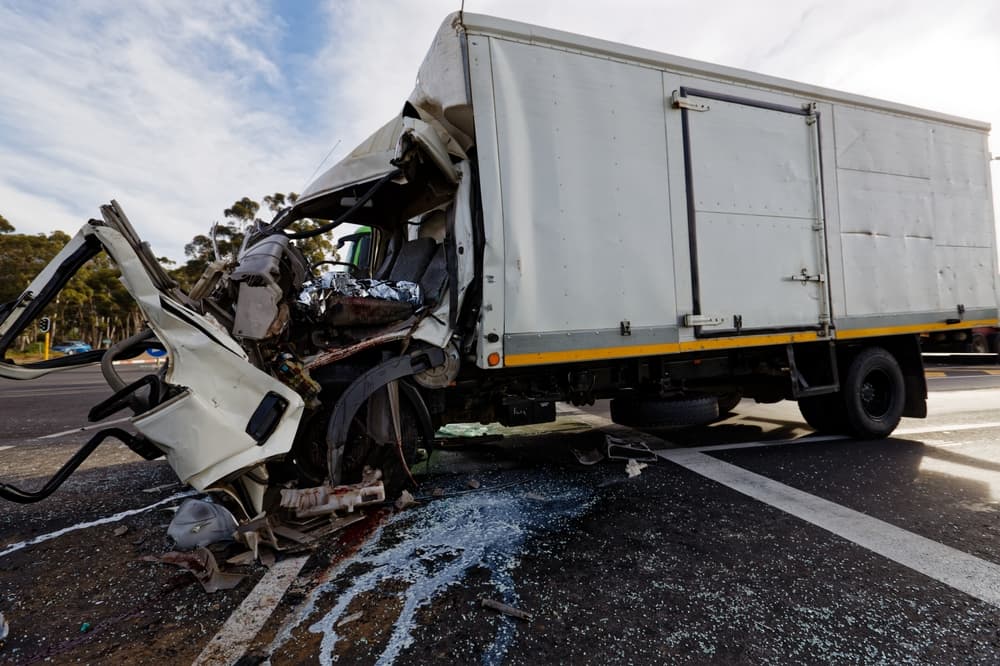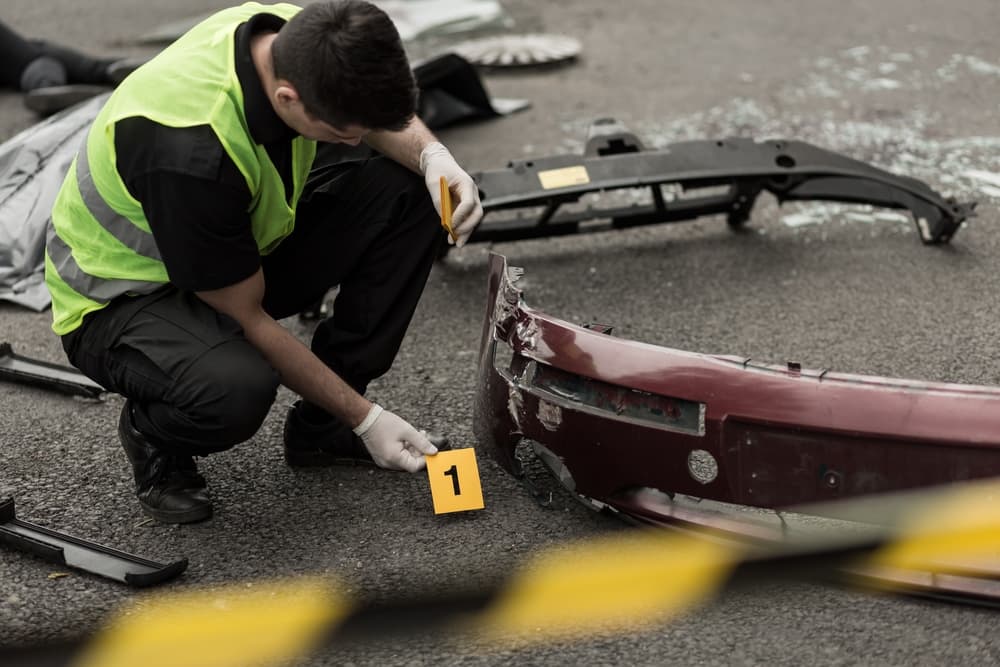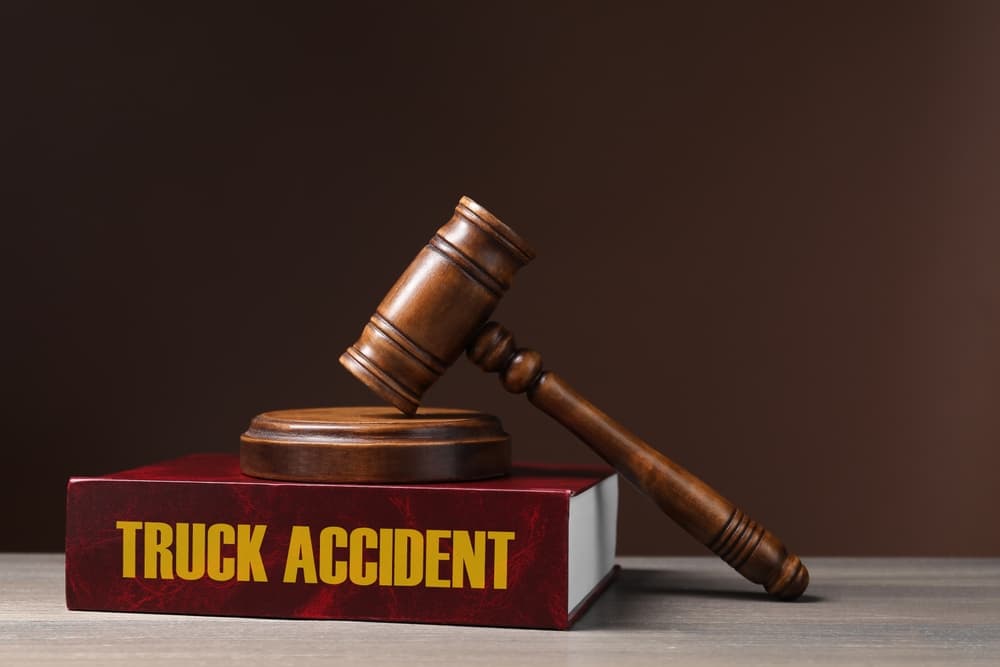Prompt evidence preservation is essential in truck accident cases. Critical evidence can vanish or be altered within hours or days after an accident. Once you have gotten medical attention, you should always contact a Jacksonville truck accident lawyer as soon as possible after the accident.
Why You Need a Truck Accident Lawyer’s Help

A truck accident lawyer will implement an evidence preservation strategy from day one, with, again, the understanding that essential evidence can disappear or be destroyed within hours or days of the accident.
Electronic Truck Data
Electronic data from the truck’s various systems is the most valuable proof in these cases. Modern commercial trucks have multiple systems that record operational data and log driver hours.
The Truck’s Black Box
The Electronic Control Module (ECM) or the truck’s “black box” records information like vehicle speed, brake application, steering input, and engine performance and provides the activities seconds before and after a crash. Your lawyer needs to act fast to prevent this data from being overwritten, as these systems record on a loop and can be as short as 20 to 30 seconds. Therefore, time is of the essence when this evidence is obtained.
Other Electronic Systems
Besides the ECM, commercial trucks have other electronic systems that provide valuable evidence. GPS tracking systems record the truck’s location and movement patterns. Electronic logging devices (ELDs) record the driver’s service hours. Onboard cameras might capture video of the accident or the events leading up to it. Your lawyer needs to send preservation letters to demand all electronic data be preserved and to get access to this information before it’s lost or destroyed.
A Check List of the Electronics and the Evidence They Provide: A Quick Review and Rundown of These Key Types of Legal Proof
Electronic data from the truck’s various systems is a significant lynchpin in these cases. Modern commercial trucks have multiple systems that record operational data.
- Electronic Control Module (ECM): The truck’s “black box” records information like vehicle speed, brake application, steering input, engine performance, and the seconds before and after a crash. This data can determine if the truck driver was speeding, braking erratically, or driving recklessly. Your lawyer needs to act fast to prevent this data from being overwritten, as these systems record on a loop and can be as short as 20 to 30 seconds. Data recording equipment has been used since the 1980s.
- GPS Tracking systems record the truck’s location, speed, and movement patterns, showing its route, stops, and potential traffic violations.
- Electronic Logging Devices (ELDs) record the driver’s hours of service, which can show if the driver was fatigued or was in violation of federal regulations limiting driving hours.
- Onboard Cameras: Some trucks have cameras that may capture video of the accident or the events leading up to it, providing visual evidence of the crash and driver behavior.
Your truck accident attorney will send preservation letters to the trucking company and other relevant parties, demanding all electronic data be preserved so they can access this information before it’s lost or destroyed. They may also file a court order to ensure data preservation.
Physical Evidence

Physical evidence at the scene must be documented and preserved immediately. This proof includes skid marks that can fade or wash away, debris patterns that can be disturbed by traffic or weather, and damages to guardrails or other fixed objects.
Physical Evidence Preservation Checklist
The physical evidence at the accident scene must be documented and preserved, as it can be easily disturbed, altered, or lost due to weather, traffic, or cleanup efforts.
- Skid Marks: These marks can be used to indicate braking distance, vehicle speed, and point of impact.
- Debris Patterns: The distribution of debris can show the point of impact and direction of travel of the vehicles involved. For example, glass debris can be used to determine how a rollover occurred.
- Damage to Fixed Objects: Damage to guardrails, signs, or other structures can provide clues about the force of impact and trajectory of the vehicles.
The Condition of the Truck
The condition of the truck itself is critical evidence that must be preserved. Your lawyer should demand the car be maintained in its post-accident condition without repairs or alterations until it can be inspected.
Documentary Evidence
Documentary evidence from the trucking company must be addressed immediately to prevent loss or destruction of the documents. Federal regulations require trucking companies to maintain specific records. However, some of the records can be legally destroyed after a certain period. Therefore, your lawyer must take steps to preserve them. In this case, your lawyer must send detailed preservation letters demanding the maintenance of all relevant documents, including driver and maintenance records and files, hours of service logs, and drug and alcohol testing records.
Documentary evidence in truck accident cases demands swift, strategic action to secure vital information that can impact the outcome of your case. A skilled truck accident attorney will implement a comprehensive evidence preservation strategy upon being retained, knowing that critical evidence can disappear or be altered within hours or days of the accident.
Documentary Evidence Preservation - A Checklist

Documentary evidence from the trucking company must be addressed immediately to prevent their loss or destruction. Federal regulations require trucking companies to maintain certain records, but some can be legally destroyed after an allotted period unless steps are taken to preserve them. Your truck accident attorney must send detailed preservation letters demanding the maintenance of all relevant documents, including:
- Driver Qualification Files: These files contain licensing information, training records, medical certifications, and performance evaluations, which can show if the driver was qualified and trained.
- Maintenance and Repair Records: These records show the truck’s maintenance history, including repairs, inspections, and known mechanical issues.
- Hours of Service Logs: These logs show the driver’s work and rest periods, which can be used to determine if the driver was fatigued or in violation of hours-of-service regulations.
- Drug and Alcohol Testing Records: These records show the driver’s compliance with drug and alcohol testing requirements.
- Safety Compliance Reports and Violation Histories: These reports reveal the company’s safety record and any history of safety violations.
- Load Documentation: Documents include weight tickets and cargo manifests, both of which show if the truck was overloaded or improperly loaded.
- Communications: These documents and records include driver and dispatch communications. Obtaining this data can provide insight into the driver’s instructions, schedule, and awareness of potential hazards.
- Company Policies and Procedures: These documents outline the company’s safety policies and procedures, which can be used to determine whether the company was negligent in hiring, training, or supervising the driver.
Witness Evidence Preservation
Also, witness evidence preservation becomes increasingly essential as time passes. Memories fade, witnesses become more challenging to find, and physical evidence disappears. The sooner you contact a truck accident attorney, the sooner they can start collecting and preserving this evidence.
Schedule a Consultation with a Truck Accident Lawyer Today
Get in touch with a truck accident lawyer today to make your case more straightforward. The sooner you contact a lawyer, the easier it will be to preserve your evidence. That way, you can build a stronger case and get more compensation for your claim. Schedule a consultation with a traffic accident lawyer immediately.